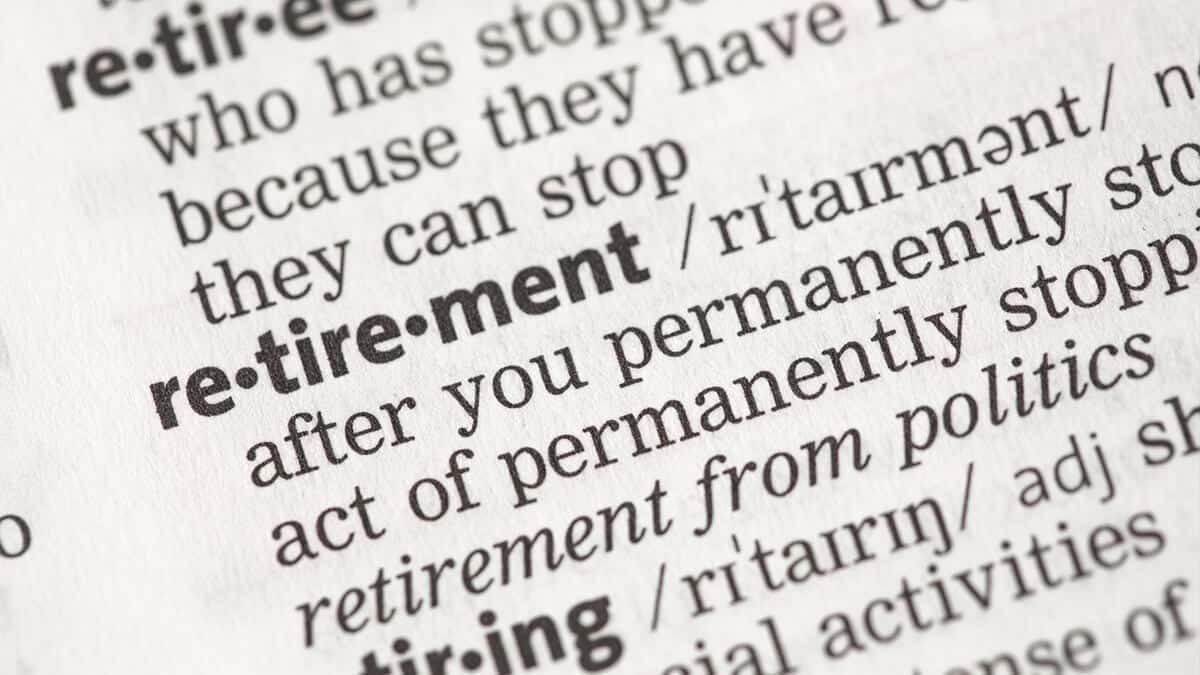On this page
- Ceasing employment or retiring: What’s the difference?
- Can you just change to part-time employment?
- How do you apply for your super when you cease employment?
- Are there limitations on how you access your super when you cease employment after 60?
- What are the tax implications?
- Can you change your mind and go back to work later?
- Other conditions of release
- The bottom line
Accessing your super becomes more attractive once you turn 60. Not only are withdrawals tax free for most people, but the definition of stopping work is more flexible.
Ceasing employment after you reach the age of 60 is a condition of release, or one way you can legally access your super in Australia. But where super is concerned, there is a material difference between ceasing employment and retiring.
Ceasing employment or retiring: What’s the difference?
Ceasing employment in super parlance means leaving a job, even if you get a job with another employer. And if you do get another job, you can only access the super benefits you’ve accumulated up to that point in time. Any super you accumulate with your new employer must be preserved until you meet another super condition of release (such as turning 65).
Note, though, that if you have two jobs you only need to cease one employment arrangement to meet this super condition of release. You can continue working in your other job. Retiring, on the other hand, is more final. To satisfy the retirement provisions of Australia’s super legislation you must:
- Have reached your preservation age
- Have ceased gainful employment
- Not have any intention of becoming gainfully employed again in the future.
Being gainfully employed is defined as receiving any sort of monetary reward for working at least ten hours a week.
Note, though, that if you have two jobs you only need to cease one employment arrangement to meet this super condition of release. You can continue working in your other job.
Can you just change to part-time employment?
A change to part-time work with the same employer is not ‘leaving employment’ so will not satisfy the condition of release.
You may, however, leave your job after age 60 to access your super and then get a new part-time position.
How do you apply for your super when you cease employment?
This varies from fund to fund, but most require you to sign a form declaring you have met the ceased employment condition of release. They may also require a declaration from your employer.
You must also provide appropriate proof of identity before any of your super will be released after you’ve ceased employment.
It’s important to understand that trustees of super funds (including self-managed super funds) need to comply with super legislation when paying benefits to fund members. Failure to do so can lead to harsh penalties being imposed by the Australian Taxation Office (ATO).
Are there limitations on how you access your super when you cease employment after 60?
No, there’s not.
When you’re eligible to access your super because you’ve met the ceased employment condition of release, you can choose to take your super payments as a lump sum, as an income stream (also known as a superannuation pension) or as a combination of the two.
What are the tax implications?
If you’re a member of a taxed fund (the most common type) then you can withdraw your super tax free after age 60, regardless of whether you receive lump sum payments, an income stream or a bit of both.
Tax is more complicated if you have untaxed benefits.
Can you change your mind and go back to work later?
Yes, you can. You can even get a job with a new employer straight away.
The only criterion to meet this condition of release is to cease an employment arrangement with one current employer after you turn 60.
Prior to 1 July 2022, you could only make further contributions to your super beyond age 67 if you satisfied the work test and were no older than 74. To meet the work test, you had to work a minimum of 40 hours in any consecutive period of 30 days.
All that changed with the repeal of the work test from 1 July 2022. Now you can make non-concessional and salary-sacrifice contributions until you turn 75, even if you are no longer working and drawing a super pension. However, you still need to satisfy the work test to make personal super contributions for which you plan to claim a tax deduction if you are aged between 67 and 75.
Other conditions of release
Besides ceasing employment after age 60, other common superannuation conditions of release are:
- Retiring from the workforce after you reach your preservation age. Your preservation age is between the ages of 55 and 60, depending on your date of birth
- Reaching your preservation age and beginning a transition-to-retirement income stream (TTR or TRIS)
- Turning 65, even if you haven’t retired
- Death.
You can also access part of your super prior to reaching your preservation age in special circumstances, such as:
- If you become permanently or temporarily incapacitated
- If you’re suffering severe financial hardship or from a terminal medical condition
- On compassionate grounds.
The bottom line
Ceasing employment after the age of 60 is one of the ways you can access your super. You can return to the workforce with another employer any time if you want. If you have two jobs, you still meet this super condition of release if you cease your employment with one of your employers.
The information contained in this article is general in nature.







